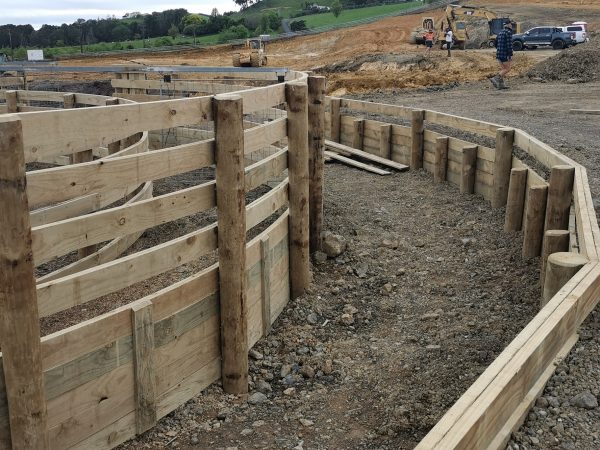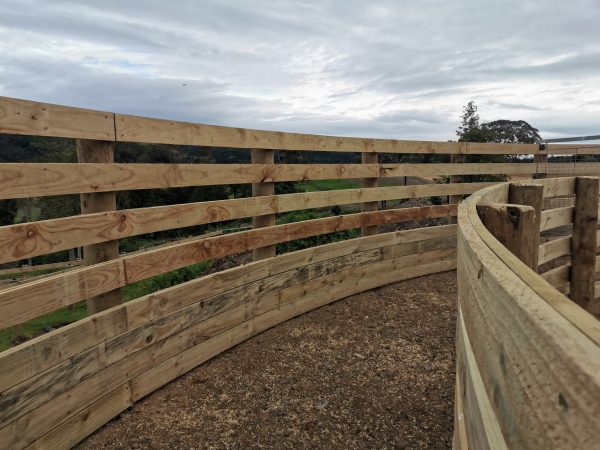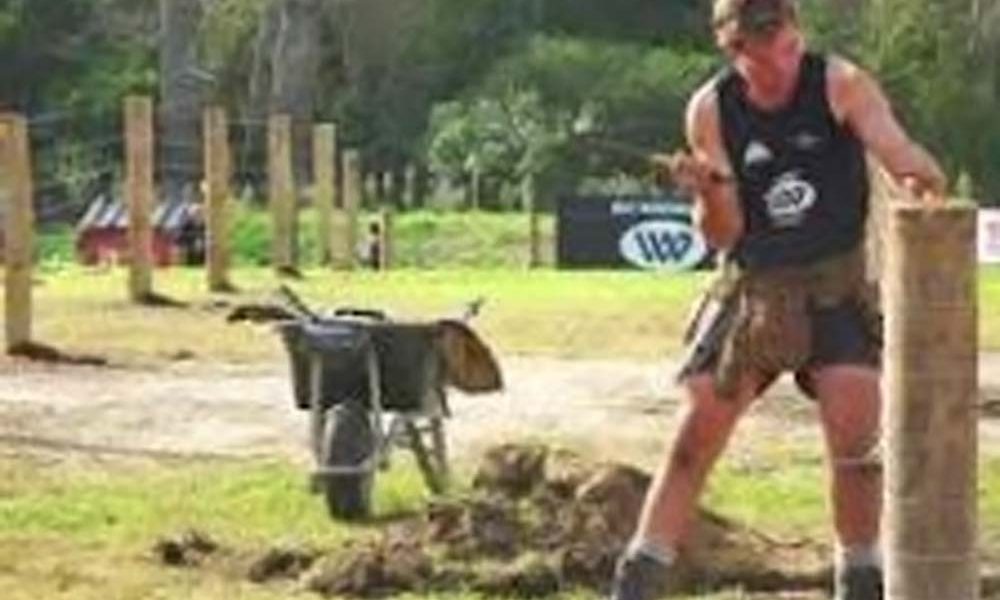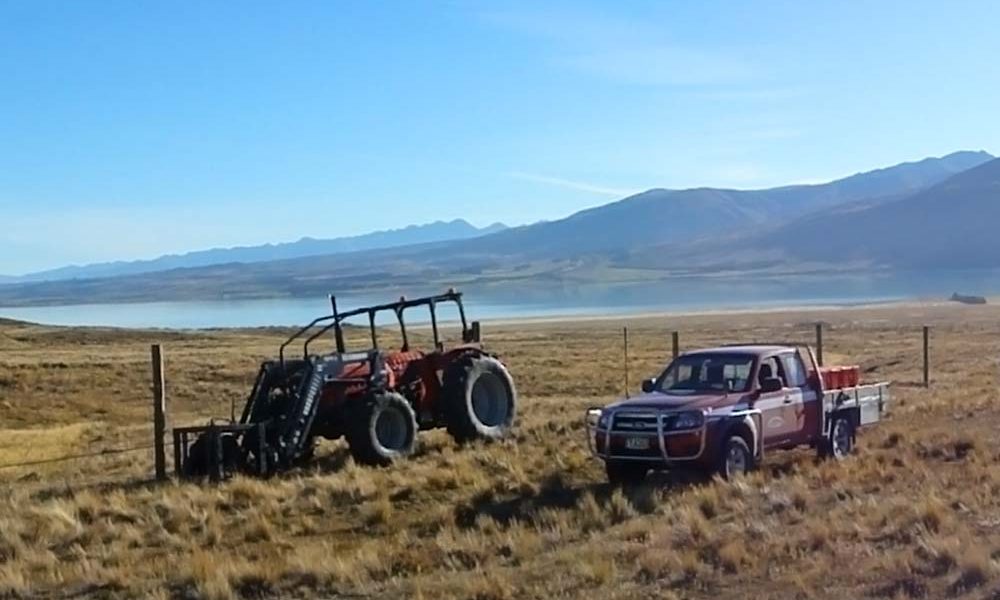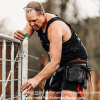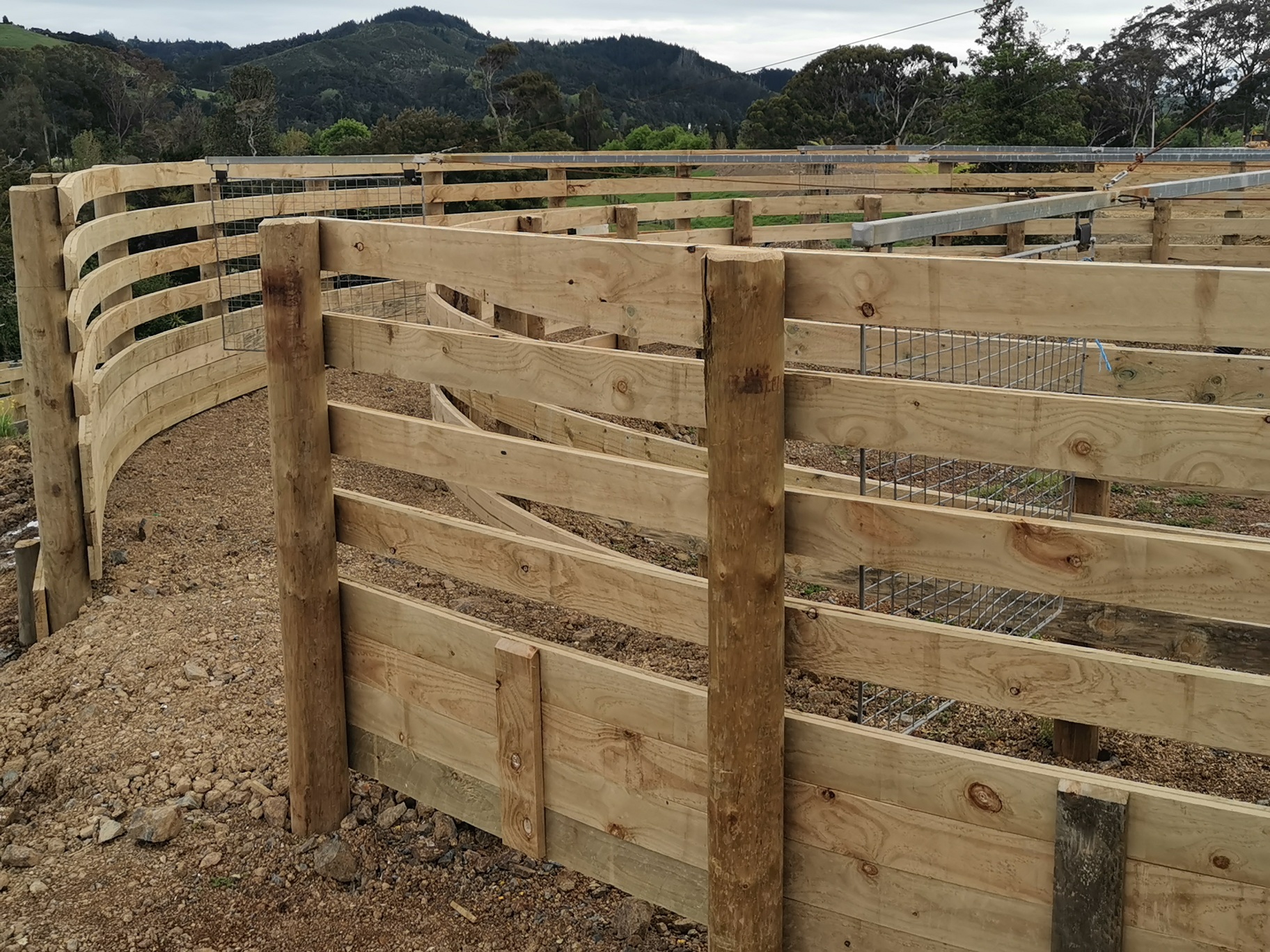
Like many fencing contractors, White Fencing do a lot of equestrian work, and certainly, in some regions, contractors can become equestrian fence specialists.
Our clients over the years have included breeding horse studs, trotting/galloping tracks, sport horse breeders and owners, horse quarantine facilities, polo properties and lifestylers after a pony or two.
One of the jobs we are currently on involves the reinstatement of a horse walker. We opted for screwed and glued laminated 25 x 150mm timber to allow for a continuous flow, having used this method for many years on horse round pens, cattle raceways and tight flowing curves in rail work.
SITE PREP
The platform that had been laid wasn’t level, being 750mm out, and given the height requirement of the walker, we needed to create a level site on a recently earth-worked slope, so two retaining walls helped with this situation to create a level platform around the circular walker.
CONSTRUCTION
The external walls were a 25-metre circle and we wrapped retaining around the bottom half of the circle using 3.6m strainers which were left to level height because the rotating walker created a visual top-line requirement to meet the arms of the walker as it rotated 360 degrees.
We posted the outside wall right around and lined the outside base of the wall with laminated rail before backfilling with our Skid steer and putting drainage in to allow centralised water to escape. Prior to backfilling, we drove 1.8’s to full depth to support the middle of the retaining walls.
For backfilling we used wet run of pit that was levelled and compacted using a 4-ton Excavator to create a level base for the sand rubber combo surface mix.
The walls of the walker ranged from 2.7m to 3.6m strainers to create an overall external wall height of 1850mm. Internally the walls were 1550mm high and two bottom boards to hold the surface in
On the external wall, we used 4 x 150mm boards staked on each other to create a kickboard for the horses, as opposed to using conveyer belt rubber.
The laminated rail was an issue on the tight inner radius. With today’s situation of being landed with what’s available, the timber that was delivered was too knotty and boards were breaking so we had to change over to a softer heartwood timber.
THE NEXT STEPS
The final levelling and surface spreading are yet to happen, along with two gates that we will probably have pipe built with a radius and screw plywood too.
Article supplied by:
www.facebook.com/WhiteFencingNZ
Published in the Diversity in Fencing feature of WIRED December 2021 by Fencing Contractors NZ
Follow us on Facebook
© Fencing Contractors Association NZ (FCANZ)




